History GK From IAS Exam 2000:
1. The practice of military governorship was first introduced in India by the
(A) Greeks
(B) Shakas
(C) Parthians
(D) Mughals
Ans: Greeks (A)
2. Which one of the following dynasties was ruling over North India at the time of Alexander’s invasion?
(A) Nanda
(B) Maurya
(C) Sunga
(D) Kanva
Ans: Nanda (A)
3. Who among the following streamlined the Maratha administration after Sambhaji?
(A) Raja Ram
(B) Balaji Vishwanath
(C) Ganga Bai
(D) Nanaji Deshmukh
Ans: Balaji Vishwanath (B)
4. Match List-I with List-II and select the correct answer using the codes given below the lists
| List-I | List-II |
|---|---|
| (A) Land allotted to big feudal landlords | (1) Jagirdari System |
| (B) Land allotted to revenue farmers of rent collectors | (2) Ryotwari System |
| (C) Land allotted to each peasant with the right to sublet, mortgage transfer, gift or sell | (3) Mahalwari System |
| (D) Revenue settlements made at the village level | (4) Zamindari System |
Codes:
(A) A-1; B-3; C-2; D-4
(B) A-1; B-4; C-2; D-3
(C) A-3; B-4; C-1; D-2
(D) A-2; B-1; C-3; D-4
Ans: A-1; B-4; C-2; D-3 (B)
5. Match List-I with List-II and select the correct answer using the codes given below the lists
| List-I | List-II |
|---|---|
| (A) Iqta | (1) Marathas |
| (B) Jagir | (2) Delhi Sultans |
| (C) Amaram | (3) Mughals |
| (D) Mokasa | (4) Vijayanagara |
Codes:
(A) A-3; B-2; C-1; D-4
(B) A-2; B-3; C-4; D-1
(C) A-2; B-3; C-1; D-4
(D) A-3; B-2; C-4; D-1
Ans: A-2; B-3; C-4; D-1 (B)
6. Which one of the following Muslim rulers was hailed as the ‘Jagadguru’ by his Muslim subjects because of his belief in secularism?
(A) Hussain Shah
(B) Zain-ul-Abidin
(C) Ibrahim Adil Shah
(D) Mahmud II
Ans: Ibrahim Adil Shah (C)
7. Consider the following events:
(1) Reign of Krishna Deva of Vijaynagara
(2) Construction of Qutab Minar
(3) Arrival of Portuguese in India
(4) Death of Firoz Tughlaq
The correct chronological sequence of these events is
(A) 2, 4, 3, 1
(B) 2, 4, 1, 3
(C) 4, 2, 1, 3
(D) 4, 2, 3, 1
Ans: 2, 4, 3, 1 (A)
8. The Indian National Army (I.N.A) came into existence in 1943 in
(A) Japan
(B) Burma
(C) Singapore
(D) Malaya
Ans: Singapore (C)
9. The native state of Tripura became involved in the freedom movement early in the 20th century because
(A) the kings of Tripura were always anti-British
(B) the Bengal revolutionaries took shelter in Tripura
(C) the tribes of the state were fiercely freedom loving
(D) there were already some groups fighting against the kingship and its protector, the British
Ans: there were already some groups fighting against the kingship and its protector, the British (D)
10. As an alternative to the partition of India, Gandhiji suggested to Mountbatten that he
(A) postponed granting of independence
(B) invite Jinnah to form the government
(C) invited Nehru and Jinnah to form the government together
(D) invite the army to take over for some time
Ans: invite Jinnah to form the government (B)
11. The Indian National Army (I.N.A) came into existence in 1943 in
(A) Japan
(B) Burma
(C) Singapore
(D) Malaya
Ans: Singapore (C)
12. After returning from South Africa, Gandhiji launched his first successful satyagraha in
(A) Chauri-Chaura
(B) Dandi
(C) Champaran
(D) Bardoli
Ans: Champaran (C)
13. Consider the following statements about the Indian National Congress:
(1) Sarojini Naidu was the first woman to be the President of the Congress
(2) C.R.Das was in prison when he functioned as the President of the Congress
(3) The first Britisher to become the President of the congress was Alan Octavian Hume
(4) Alfred Webb was the President of the Congress in 1894.
Which of these statements are correct?
(A) 1 and 3
(B) 2 and 4
(C) 2, 3 and 4
(D) 1, 2, 3 and 4
Ans: 2 and 4 (B)
14. Match List-I with List-II and select the correct answer using the codes given below the lists
| List-I | List-II |
|---|---|
| (A) Chittagong Armoury Raid | (1) Kalpana Dutt |
| (B) Abhinav Bharat | (2) Guru Ram Singh |
| (C) Anushilan Samiti | (3) Vikram Damodar Savarkar |
| (D) Kuka Movement | (4) Aurobindo Ghosh |
Codes:
(A) A-1; B-3; C-4; D-2
(B) A-1; B-3; C-3; D-4
(C) A-3; B-1; C-2; D-4
(D) A-3; B-1; C-4; D-2
Ans: A-1; B-3; C-4; D-2 (A)
15. “In this instance, we could not play off the Mohammedans against the Hindu.” To which one of the following events did this remark of Aitchison relate?
(A) Revolt of 1857
(B) Champaran Satyagarha (1917)
(C) Khilafat and Non-Cooperation Movement (1919-22)
(D) August Movement of 1942
Ans: Khilafat and Non-Cooperation Movement (1919-22) (C)
16. Which one of the following is not a feature of the Government of India Act of 1935?
(A) Diarchy at the Centre as well as in the provinces
(B) a bicameral legislature
(C) provincial autonomy
(D) an All-India federation
Ans: Diarchy at the Centre as well as in the provinces (A)
17. While delivering the presidential address, the Congress President who advocated the introduction of Roman script for the Hindi language was
(A) Mahatma Gandhi
(B) Jawaharlal Nehru
(C) Abul Kalam Azad
(D) Subhash Chandra Bose
Ans: Subhash Chandra Bose (D)
18. The Balkan Plan for fragmentation of India was the brainchild of
(A) W.Churchill
(B) M.A.Jinnah
(C) Lord Mountbatten
(D) V.P.Menon
Ans: Lord Mountbatten (C)
19. At the time of partition of India, which one of the following provinces of British India came forward with a plan for a united and independent existence?
(A) Punjab
(B) Assam
(C) Bengal
(D) Bihar
Ans: Punjab (A)
20. The last major extension of British Indian territory took place during the time of
(A) Dufferin
(B) Dalhousie
(C) Lytton
(D) Curzon
Ans: Dalhousie (B)
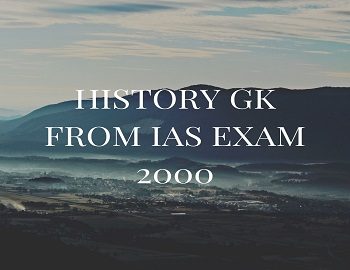
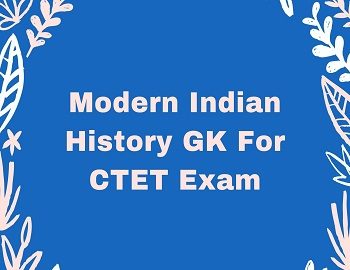
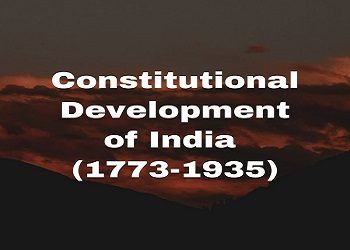

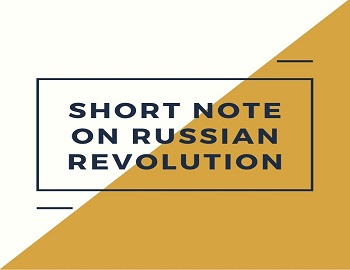
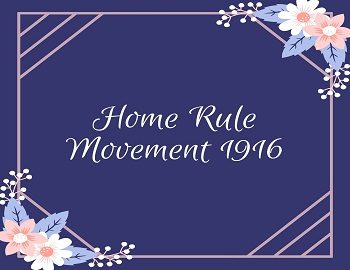
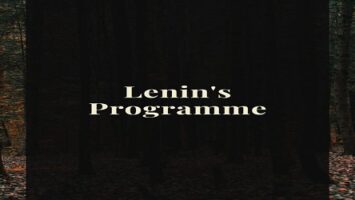
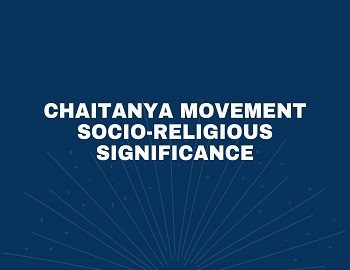

Comments (No)